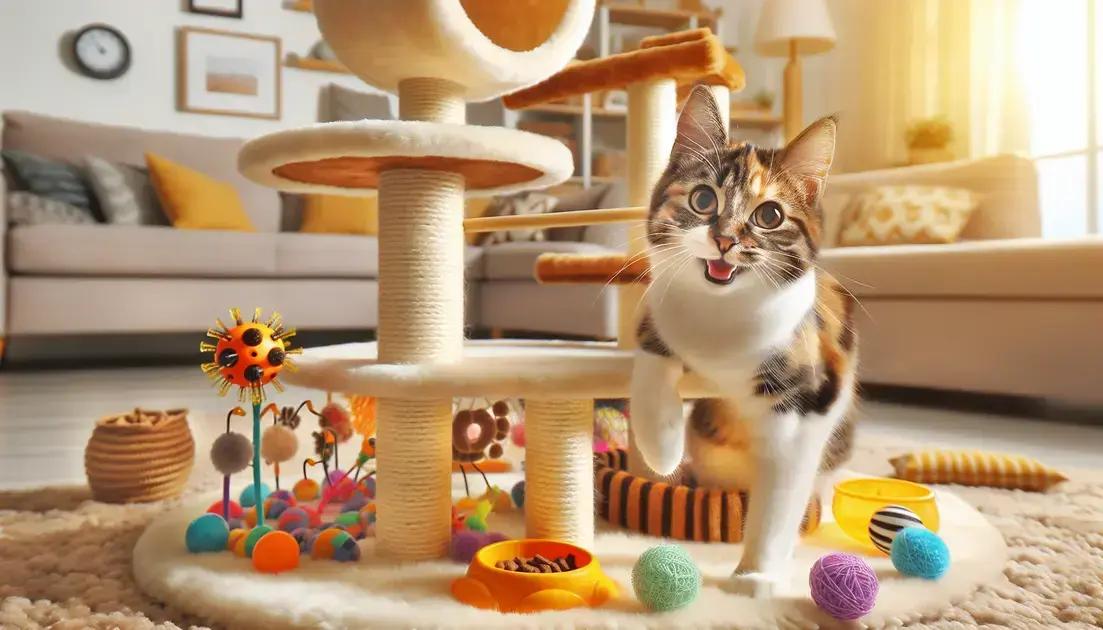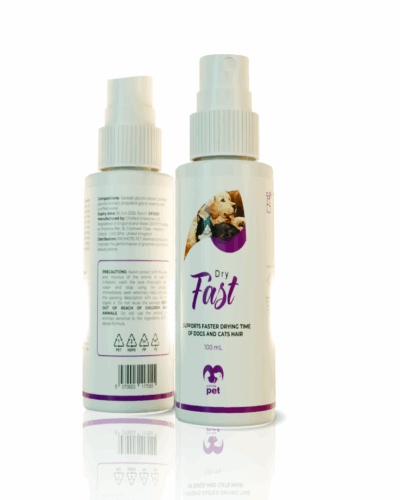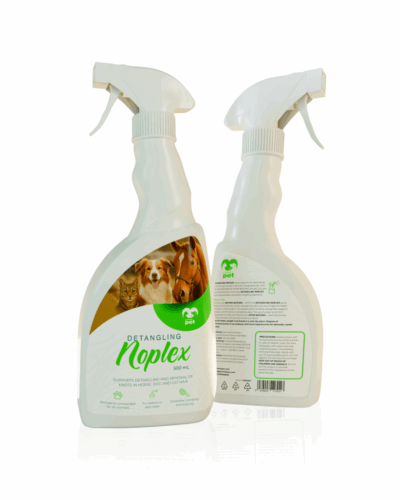Subtotal: £10.00
Free delivery for orders over £45

How to Keep Your Indoor Cat Mentally Stimulated
Table of Contents
Keeping an indoor cat happy and stimulated is essential for their well-being. Indoor cat enrichment is more than just a luxury; it’s a necessity for their mental and physical health. With plenty of toys available in the UK, there’s no excuse not to keep your feline friend entertained. This guide will explore how to stimulate your cat using the best toys and techniques, ensuring a happier home for both of you. From understanding your cat’s behaviour to selecting the right toys, we’ll cover everything you need to know to provide the enrichment your indoor cat craves.
Why Indoor Cat Enrichment Matters
Indoor cat enrichment plays a crucial role in maintaining your feline’s mental and emotional well-being. Cats, by nature, are curious and prone to boredom when confined indoors. Without mental stimulation, they may develop behavioural issues. Imagine being in a room with nothing to do, day in and day out; it’s not much different for your indoor cat.
Providing enrichment stimulates their instincts, such as hunting, exploring, and problem-solving. This can be achieved through a variety of means, such as toys, puzzles, and even new and exciting textures to investigate. Mental activities can help reduce stress and lead to a healthier, more fulfilling life for your cat.
Environmental Variety
Rotating toys and changing their environment can make a significant difference. Cats enjoy the novelty, so by offering different experiences daily, you maintain their interest. A simple move of furniture or addition of a climbing shelf can provide new worlds for them to explore, keeping them agile and engaged.
Social interaction is another critical component of enrichment. Spending quality time with your cat through play or cuddle sessions can strengthen your bond, decrease anxiety, and satisfy their need for social contact. Engaging your cat through activities that require interaction keeps their mind sharp and can improve their behaviour.
Top Cat Toys in the UK for Mental Stimulation
The mental stimulation of indoor cats is crucial for their well-being and happiness. Some toys stand out in the UK for enhancing your cat’s mental agility and engagement. When selecting toys, consider options that challenge their hunting instincts, such as feather wands or interactive puzzles that dispense treats. These not only keep your cat entertained but also help improve their problem-solving skills.
Feather Wands
capture your cat’s attention with their unpredictable movements. These toys mimic prey, encouraging natural hunting behaviour that provides both mental and physical exercise.
Interactive Puzzle Toys are another excellent choice. They require your cat to think critically to release treats or toys inside. This process can keep them occupied for hours, fostering mental sharpness.
Laser pointers are also recommended. These encourage your cat to chase and pounce, stimulating their instincts and helping prevent boredom.
Consider purchasing motion-activated toys that respond to your cat’s touch. These toys provide unpredictable playtime experiences, enhancing curiosity and engagement.
Toy rotation keeps things fresh and exciting. By regularly switching out toys, you maintain novelty, which is essential in keeping your cat’s interest piqued.
The Role of Technology
in cat toys provides exciting opportunities. Many toys now include apps or automatic settings, offering a modern solution for busy cat owners. These can be essential for maintaining mental stimulation even when you’re not home.
Ensure toys are safe and appropriately sized for your cat. With the right selection, you can create a stimulating environment that supports your cat’s mental health and overall well-being.
DIY Enrichment Ideas for Indoor Cats
Cats are curious creatures with an innate need for mental and physical stimulation. For indoor cats, regular outdoor stimuli are limited, placing a greater emphasis on enrichment activities at home. Engaging their senses and instincts improves their wellbeing and happiness. DIY enrichment ideas can be particularly effective in providing the necessary stimulation.
Sensory Activities: Enrich your cat’s environment by focusing on their senses. Fill a small container with different types of textured materials, such as fabrics or paper, and let your cat explore. Consider the use of safe essential oils or catnip toys to engage their sense of smell.
Interactive Play: Creating your own games is an excellent way to boost a cat’s mental activity. Use a wand toy to mimic the erratic movement of prey; cats enjoy the challenge of hunting, and this can provide hours of fun.
Building simple puzzles can also challenge a cat’s mind. Hide small treats or pieces of kibble under lightweight containers, encouraging them to use their paws in creative play to retrieve the rewards.
Vertical Spaces: Turning your walls into a playground by installing shelves at various levels encourages climbing and jumping. This gives your cat a chance to exercise and get a change of perspective on their territory.
Cardboard boxes, paper bags, and DIY cat tunnels provide inexpensive exploration opportunities. They enjoy the texture and sound, plus it’s a great way to promote natural hunting behaviours.
The Benefits of Interactive Play
Interactive play stands out as a crucial method to keep indoor cats mentally engaged. This type of play offers stimulation that closely mimics the hunting instincts of cats. Interactive toys, such as laser pointers or feather wands, encourage your cat to chase, pounce, and sprint, which are natural behaviours for cats.
Unlike solitary play, interactive play involves direct human participation. This not only helps in strengthening the bond between you and your pet but also provides a great opportunity for your cat to expend pent-up energy. Cats are instinctive hunters, and interactive play offers an outlet for these natural predatory instincts in a safe, indoor environment. It’s important to introduce variety in play sessions. Rotating toys and introducing new activities keeps the playtime fresh and exciting, preventing boredom.
The mental stimulation provided by interactive play can help to reduce behavioural issues such as clawing furniture or excessive meowing. By simulating the hunt, it encourages mental problem-solving skills as your cat figures out the best way to ‘catch’ their prey.
Additionally, this form of play is an excellent way to help your cat maintain a healthy weight. The physical activity involved in chasing and jumping keeps them fit and reduces health risks associated with sedentary lifestyles. Remember to keep sessions short but frequent, allowing your cat multiple opportunities to engage and expend energy in a fun and productive manner.
How to Choose the Right Cat Toys
Choosing the perfect toys is pivotal for engaging your cat’s mind and ensuring they don’t succumb to boredom. Understanding your cat’s unique preferences is the first step. Some cats prefer toys that mimic prey with feathers and fast movements, while others may be drawn to toys that offer treats, engaging their natural foraging instincts.
Interactive toys are highly effective in stimulating your cat mentally. Consider puzzle toys that require problem-solving to access a reward. These toys not only entertain but also enhance cognitive skills.
Electronic toys
can also be of great benefit. They offer unpredictable movements that keep cats entertained for hours, simulating the hunt.
Sensory experiences should not be underestimated. Toys with varied textures, sounds, and shapes can intrigue your cat, enticing their interest and delaying expectable boredom. It’s also key to rotate toys to maintain a novelty factor. Regularly introducing new toys or hiding existing ones for a few weeks can make them seem new and exciting when reintroduced.
Remember, safety first. Ensure that any toys you provide do not have small parts that could cause choking hazards. A well-chosen toy can make a significant difference in your cat’s daily life, keeping them mentally stimulated and physically active.
Creating a Cat-Friendly Environment
When creating a cat-friendly environment, it is essential to consider your feline friend’s natural instincts and behaviours. Cats are curious creatures that thrive on exploration and play. To keep them engaged, you’ll want to replicate some of the outdoor experiences they miss inside your home.
Space and Vertical Exploration: Enabling your cat to explore different levels within your home helps to satisfy their curiosity. Utilise cat trees, shelves, or secure ledges. These vertical spaces can provide not only a vantage point but also mental challenges, fulfilling their natural urge to climb and perch.
Comfortable Rest Areas: Cats need places where they can rest and feel secure. Make sure to provide cosy beds or soft blankets in less trafficked areas of your home. This offers them a sanctuary when they wish to retreat or relax.
Stimulation Through Scents: A cat’s sense of smell is incredibly important. Enhance their environment with various scents like catnip or silver vine. You can also introduce different textures and herbs through cat-friendly plants. However, ensure these plants are non-toxic and safe for feline interaction.
Enriched Feeding Stations: Turn feeding time into an engaging activity by using puzzle feeders or treat-dispensing toys. These not only stimulate your cat’s mind but also aid in slowing down eating, promoting better digestion.
Regular Change and Novelty: Cats can become bored with static environments. Regularly rotate toys or introduce new objects. Even simple changes, like moving a scratch post, can renew their interest. Constant novelty can successfully keep their environment stimulating.
Consider Window Views: Ensure your cat has access to windows where they can watch birds or the outside world. This dynamic view offers significant mental stimulation. You might also consider creating a ‘cat perch’ by a window to enhance their experience.
Understanding Your Cat’s Behaviour
Recognising and interpreting your cat’s behaviour is fundamental for ensuring their overall happiness and health. Cats are creatures of habit and may exhibit specific behaviours that signal whether they are content or stressed. It is crucial to observe these behaviors closely, especially when they are kept indoors for extended periods. Recognising these indicators can assist in creating a more enriched and mentally stimulating environment.
Body Language: Cats are adept at expressing themselves through body language. Pay attention to your cat’s tail movements, ear positions, and eyes. A twitching tail, flattened ears, or dilated pupils can indicate that your cat is agitated or anxious. In contrast, a relaxed tail or half-closed eyes usually means your cat feels safe and comfortable.
Vocalisations: Understanding the different vocalisations your cat uses can be a window into their mood and needs. From the gentle purring when feeling secure to a sudden hiss when feeling threatened, it is essential to listen and respond to these vocal cues appropriately.
Play Behaviour: Engaging in regular play is crucial for indoor cats as it replicates their natural hunting instincts. Monitoring how your cat interacts with toys can also offer insights into their mental state. For instance, a cat that plays aggressively may be using play as a stress outlet or to release pent-up energy.
Interactive Activities: Structured play and puzzle toys can be beneficial in maintaining your cat’s mental acuity. These activities not only keep them occupied but also build confidence and reduce anxiety. Pay attention to how your cat engages with these activities, as it can inform you of their preferences and any changes in behaviour.
Routine and Changes: Cats thrive on routine, and sudden changes can lead to stress and behavioural changes. Whether it’s a change in their feeding schedule or an introduction of a new pet, observing how your cat adjusts can be telling of their adaptability and comfort levels.
Contact Us
- +44 07391626201
- info@promotepet.com
- 16, Cromwell Close - Oxford - UK
COPYRIGHT © PROMOTE PET. ALL RIGHTS RESERVED. © 2024 Chofard Enterprise Ltd. Chofard Enterprise is a company registered in England and Wales with a company number 13073779 VAT number GB 370644889. 16, Cromwell Close, Oxford OX30RW, United Kingdom – trading as Promote Pet Online Shop.

 Dry Fast Quick-Drying Spray - Home
Dry Fast Quick-Drying Spray - Home 








